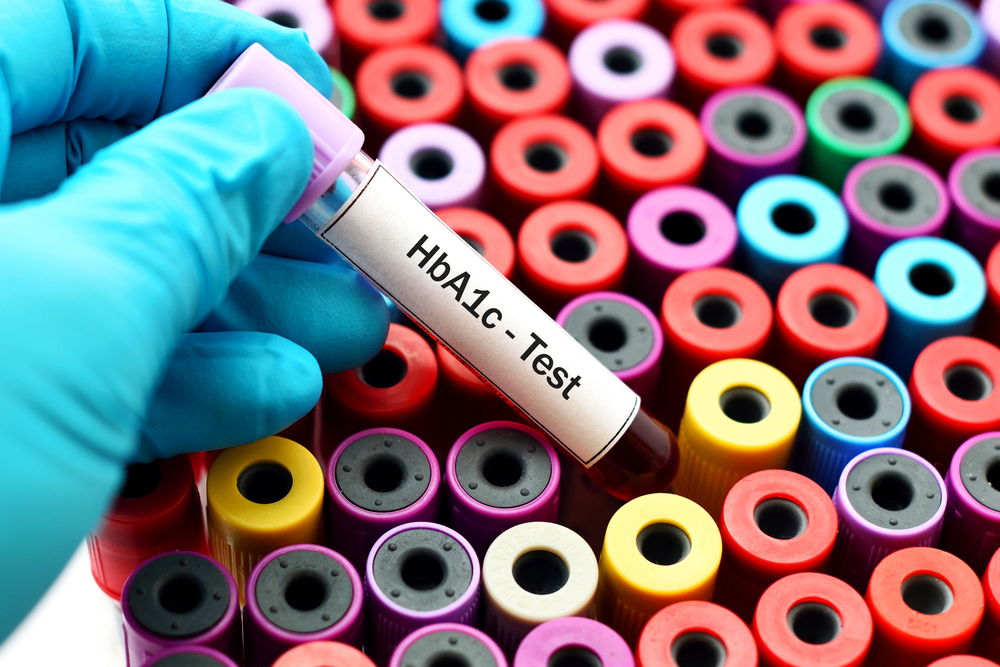
Summary
Glucose and type 2 diabetes
All parts of the body need energy to work. Our main source of energy is glucose. Our body makes glucose from the food we eat and drink. Food molecules are broken down into sugars and absorbed in the small intestine where they travel to the liver to be converted into glucose and circulated throughout the body.
To be able to use glucose, the body needs insulin, a hormone made in the pancreas. Insulin enables the glucose in the blood to enter the body’s cells as it is needed. More on glucose here.
Low levels of insulin constantly circulate throughout the body. Many of the body’s cells have insulin receptors on their surfaces. When insulin docks on to these receptors, signals are sent inside the cell, and this allows glucose to enter.
If you have diabetes, this system is not working as it should. In type 2 diabetes, the insulin you are making isn’t being taken up by your cells because your cells are not responding effectively to the insulin signal. This is a condition called insulin resistance.
When glucose can't get into your cells, your blood glucose levels rise. The pancreas tries to compensate by producing more insulin. Over time, this strains the pancreas and eventually it cannot make enough insulin. Long-term high blood glucose levels can cause progressive damage to body organs resulting in health problems like heart attacks and strokes, as well as damage to your eyes, kidneys, and feet.
Why get tested?
To diagnose and monitor type 2 diabetes, your medical team will want to know how much glucose you have in your blood. A fasting glucose test or non-fasting glucose test can show how much glucose you have in your blood at the time you give the blood sample.
However, an HbA1c can give a better picture – it can show what your glucose levels have been like over the past two to three months. It does this by measuring the amount of haemoglobin in your blood that has an attached glucose molecule.
Haemoglobin is the red protein in your red blood cells. Glucose in your blood sticks to haemoglobin. As your blood glucose levels increase, more glucose is attached to your haemoglobin. Glucose sticks to haemoglobin for as long as the red blood cells are alive. Red blood cells live for an average of about 120 days.
Having the test
Sample
Blood.
Any preparation?
None.
Your results
Diagnosis HbA1c results What it means Normal 3.5-6.0% (15-42 mmol/mol). Diabetes unlikely. Diabetes Equal to or more than 6.5% (48 mmol/mol). Diagnostic of diabetes. Sometimes this test will need to be repeated to confirm the result. Intermediate 6.1 to 6.4% (43 - 47 mmol/mol). These levels suggest a higher risk of developing diabetes and cardiovascular or heart disease. HbA1c results are reported in two ways. These are as a percentage or as mmol/mol which was introduced as a way of standardising results internationally.
Target HbA1c results for controlling glucose levels if you have been diagnosed with diabetes
| Less than 7% (53 mmol/mol). | If you have diabetes and your HbA1c is below the target of 7% (also reported as 53 mmol/mol) it is likely that your diabetes is under good control. |
| Above 7% (53 mmol/mol). | You are at increased risk of developing long term complications such as eye disease, kidney disease or nerve damage and probably heart attack and stroke. |
Conditions that can affect HBA1c results
Anaemia (in which red blood cells are destroyed faster than they can be made), some blood disorders, pregnancy, iron deficiency, chronic kidney disease, a recent blood transfusion and erythropoietin therapy can affect the HbA1c test result.
Reading your test report
Your results will be presented along with those of your other tests on the same result form. You will see separate columns or lines for each of these tests.
Reference intervals
Your results will be compared to reference intervals (sometimes called a normal range).
If your results are flagged as high or low this does not necessarily mean that anything is wrong. It depends on your personal situation. Your results need to be interpreted by your doctor.
Questions to ask your doctor
The choice of tests your doctor makes will be based on your medical history and symptoms. It is important that you tell them everything you think might help.
You play a central role in making sure your test results are accurate. Do everything you can to make sure the information you provide is correct and follow instructions closely.
Talk to your doctor about any medications you are taking. Find out if you need to fast or stop any particular foods or supplements. These may affect your results. Ask:
More information
Pathology and diagnostic imaging reports can be added to your My Health Record. You and your healthcare provider can now access your results whenever and wherever needed.
Get further trustworthy health information and advice from healthdirect.
What is Pathology Tests Explained?
Pathology Tests Explained (PTEx) is a not-for profit group managed by a consortium of Australasian medical and scientific organisations.
With up-to-date, evidence-based information about pathology tests it is a leading trusted source for consumers.
Information is prepared and reviewed by practising pathologists and scientists and is entirely free of any commercial influence.